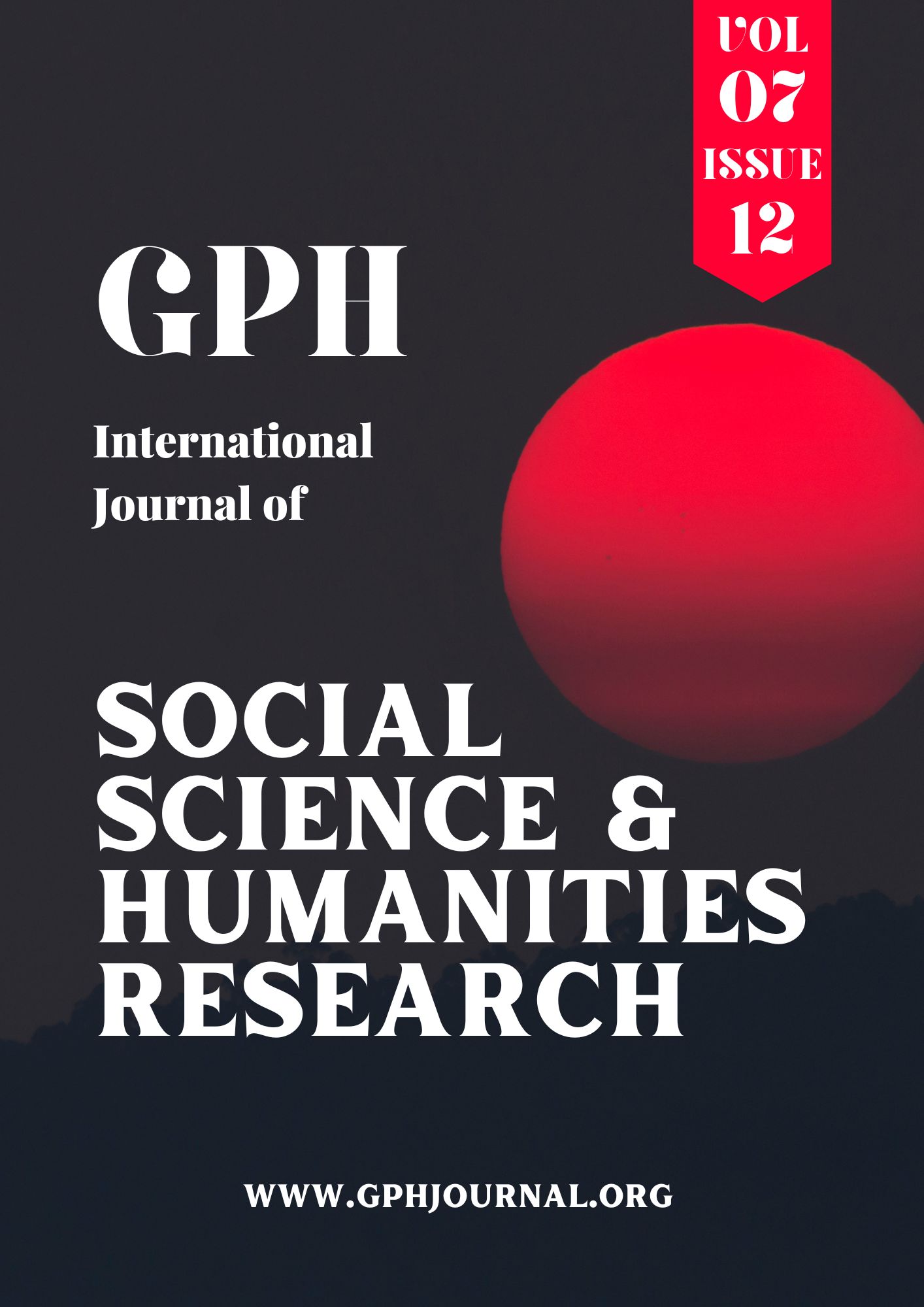CONTROLLING: THE TECHNICALITY APPROACH
Abstract
Controlling represents the implementation of corrective actions that support planning and decision-making. The aim of this paper is to explain managerial control and its impact on organizations. In management, controlling is dynamicin setting performance standards, measuring performance, comparing the performance from goals and standards, and taking corrective actions. Organizations use different types of control such as feedback control, concurrent, and feedforward control to reduce errors, maintain standard necessary in achieving organizational goals.When an organization discovers ghost workers on their payrolls. This risk could be minimized by developing a control system that reveals most of the errors listed in the payroll, germane to accounting department and the human resources department. Management should take corrective measures to transform resources into output and to minimize unethical behaviour among the employees.
Downloads
References
Douglas, M. (1960). The human side of enterprise. McGraw Hill.
Drucker, P. F. (1974). Management tasks, responsibilities and practices. Harper & Row.
Goetz, B. E. (1979). Management planning and control. McGraw-Hill.
Holden, P. E., Fish, L. S. & Smith, H. L. (1981). Top management organization and
control. McGraw-Hill.
Koontz, H., & O'Donnell, C. (1972). Principles of management. McGraw-Hill Book Company.
Koontz, H. and O'Donnell, C. (2005) Management: A system and contingency analysis ofmanagerial functions. McGraw-Hill Book Company.
Ouchi, W. G. (1978). The transmission of control through organizational hierarchy. Administrative Science Quarterly, 21, 173–92.
Snell, S.A.(1992). Control theory in human resource management.Academy of Management Review, 35, 292–328.
Terry, G. R. & Franklin, S. G. (2000). Principles of management. AITBS.
Thompson, J.D. (1967).Organizations in action. McGraw-Hill.
The authors and co-authors warrant that the article is their original work, does not infringe any copyright, and has not been published elsewhere. By submitting the article to GPH-International Journal of Social Science and Humanities Research, the authors agree that the journal has the right to retract or remove the article in case of proven ethical misconduct.














 Firozpur Jhirka, Haryana, India
Firozpur Jhirka, Haryana, India

